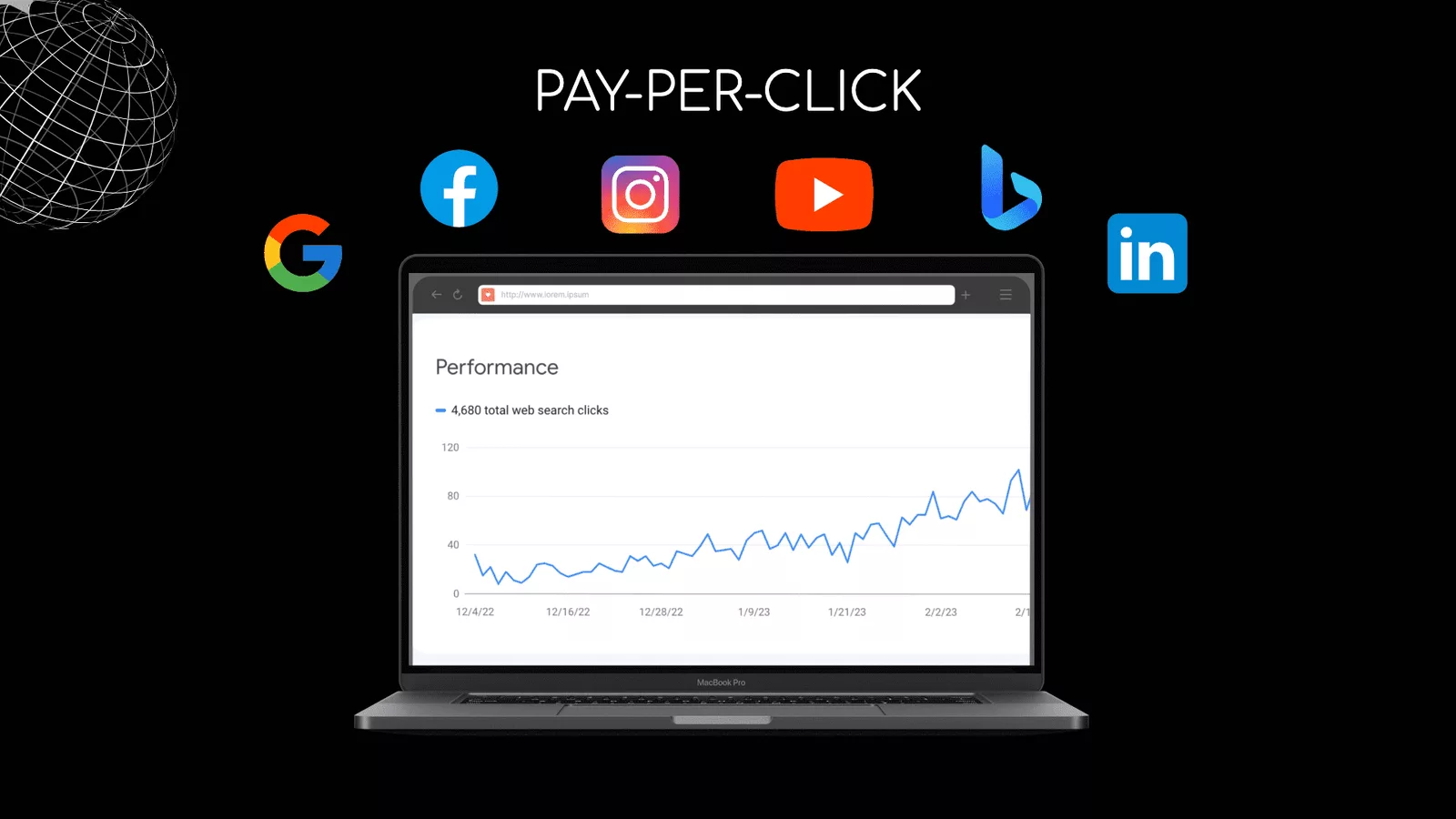Pay-per-click (PPC) advertising is an effective way to drive traffic to your website and generate leads. However, it’s not enough to just create a PPC campaign and let it run.
To achieve maximum results, you need to constantly monitor and optimize your campaigns. One of the most critical metrics you need to keep an eye on is click-through rate (CTR).
In this article, we’ll explain what CTR is, why it’s essential, and how you can improve it to boost the performance of your PPC campaigns.
What is Click-Through Rate (CTR)?
CTR is the percentage of people who click on your ad after seeing it. It’s calculated by dividing the number of clicks your ad receives by the number of times it’s shown (impressions).
For example, if your ad gets 100 clicks and 10,000 impressions, your CTR is 1%.
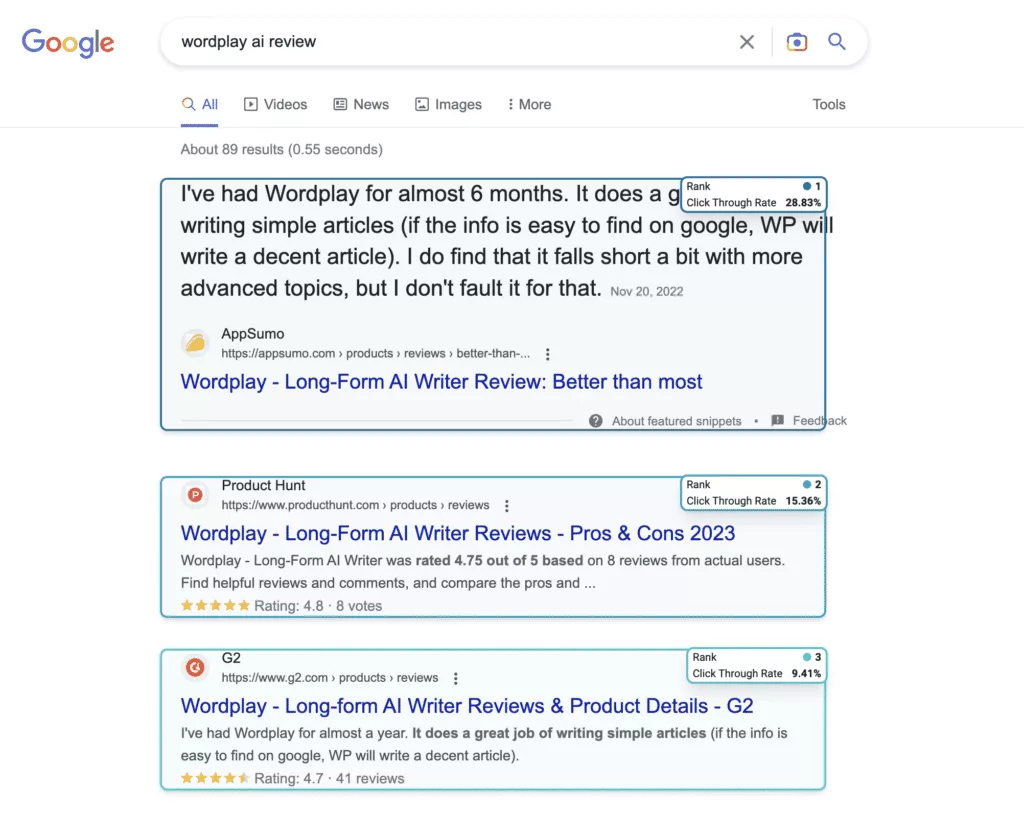
Why is CTR important in PPC?
CTR is a critical metric in PPC because it’s a measure of how relevant your ad is to your target audience. When someone searches for a particular keyword, they’re looking for something specific. If your ad appears in the search results, it needs to be compelling enough to convince the searcher to click on it.
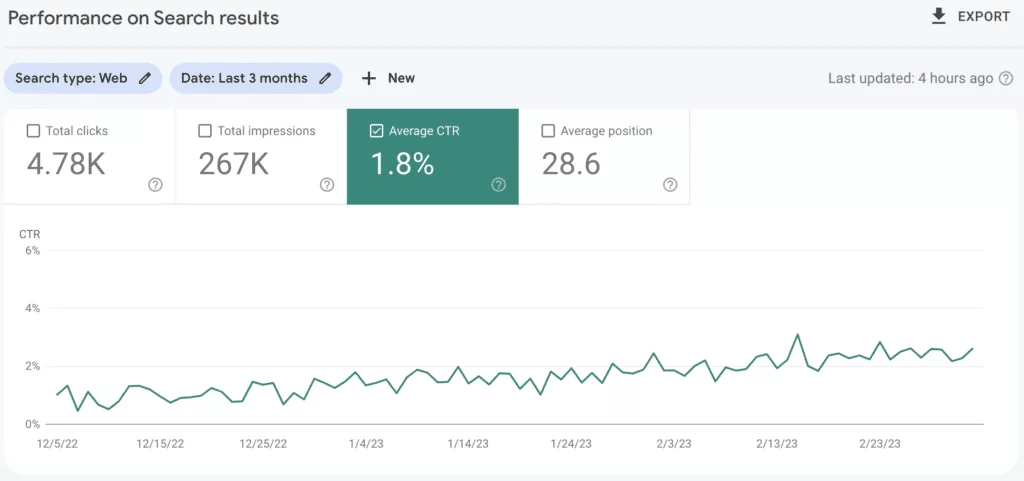
A high CTR indicates that your ad is relevant to the user’s search query, and it’s compelling enough to make them want to learn more.
Request Free Review
We start by reviewing your website and then take a look at your current ranking in SERPs.
- Unlock Your Website’s Potential with Our Comprehensive Analysis.
- Outrank Your Competitors with Our Expert Insights and Recommendations.
- Ways for increasing website traffic.
- Get Tailored Recommendations to Achieve Better Results Online.
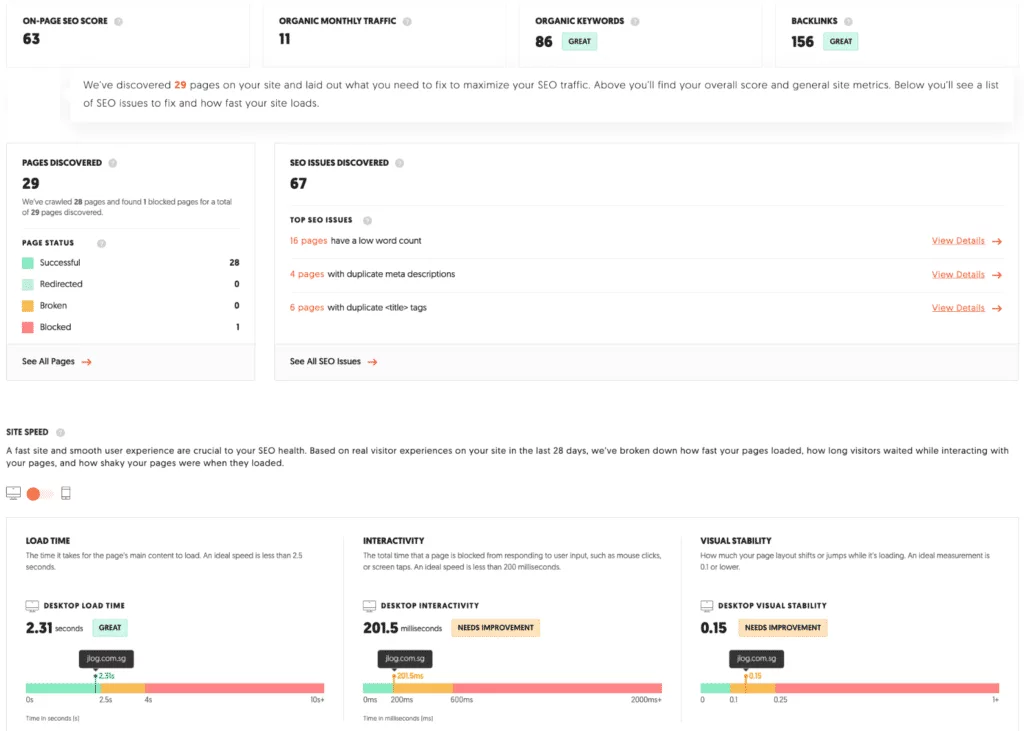
Here are five reasons why CTR should always be on your radar:
1. CTR affects Quality Score and cost
Your Quality Score is a measure of how relevant and useful your ad is to users, based on factors such as expected click-through rate, ad relevance, and landing page experience. A higher Quality Score can lead to lower costs and better ad placement. Since CTR is a major factor in expected click-through rate, it follows that improving your CTR can have a positive impact on your Quality Score and overall campaign cost-efficiency.
2. CTR shows you’re targeting the right audience
If users aren’t clicking through to your website or offer, chances are they aren’t finding your ad to be relevant to their search. By monitoring your CTR, you can gauge how well you’re targeting your chosen audience and adjust your PPC strategy accordingly. A high CTR indicates that your ad is resonating with your target audience and reaching the right people.
3. CTR helps you optimize ad copy and design
PPC ads are often the first point of contact between your business and potential customers. By analyzing your CTR, you can gain insights into what ad copy and design elements are performing well and which ones could use improvement. For example, if you notice high CTRs on ads with certain calls-to-action or headline formats, you can incorporate those elements into future campaigns.
4. CTR sets a benchmark for future campaigns
As you run more PPC campaigns, your CTR can serve as a benchmark for what you consider a successful rate. By establishing a baseline CTR and monitoring changes over time, you can learn from what works and what doesn’t and make data-driven decisions about future campaigns. This can help you continually improve your PPC performance and increase the ROI of your marketing efforts.
5. CTR is a signal of overall engagement
In addition to the above benefits, a high CTR can be a positive signal of overall engagement with your brand. If users are clicking through to your website, they may be more likely to spend time on your site, explore your offerings, and ultimately make a purchase or take a desired action. By improving your CTR, you’re not only optimizing your PPC campaigns but also cultivating a more engaged audience.
A high CTR also has other benefits, including:
- Lower cost per click (CPC): The higher your CTR, the lower your CPC. Google rewards ads that have a high CTR by giving them a higher quality score, which in turn reduces the cost per click.
- Higher ad position: Ads with a higher CTR tend to appear in higher positions on the search engine results page (SERP). This means that your ad will be more visible, increasing the chances of someone clicking on it.
- Better conversion rates: A higher CTR means that more people are visiting your landing page. If your landing page is optimized for conversions, you’re more likely to see a higher conversion rate.
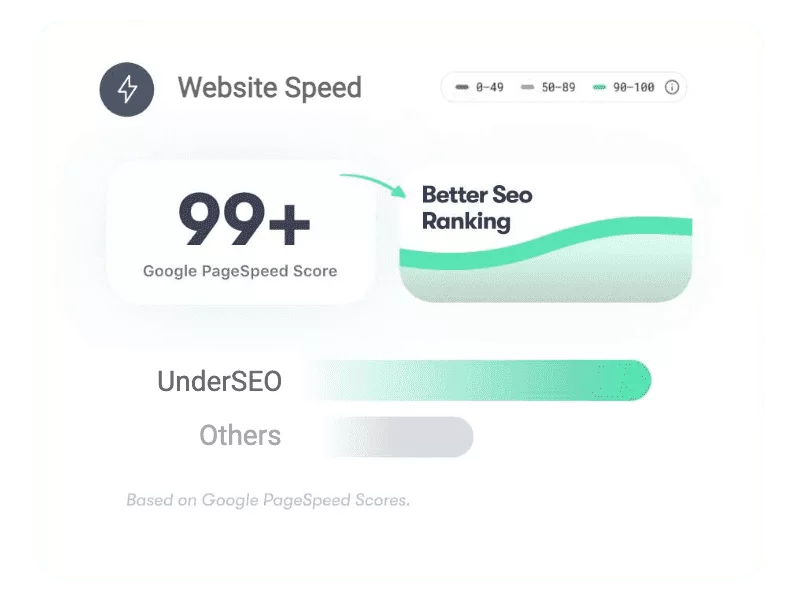
Need Some Help?
PPC’s Guide: The Importance of Click-Through Rate in PPC
How to Improve Click-Through Rate in PPC?
Now that you know why CTR is so important let’s look at some strategies to improve it.
- Use relevant keywords: One of the most critical factors in determining your CTR is the relevance of your keywords. Make sure you’re targeting keywords that are highly relevant to your product or service. Avoid broad or generic keywords that are likely to attract irrelevant traffic.
- Write compelling ad copy: Your ad copy should be concise, clear, and compelling. It should clearly communicate the value proposition of your product or service and include a strong call-to-action.
- Use ad extensions: Ad extensions allow you to provide additional information about your product or service, such as phone numbers, locations, and links to specific pages on your website. They can help improve the relevance and credibility of your ads, leading to a higher CTR.
- Test different ad formats: Experiment with different ad formats, such as text, image, and video ads, to see which performs best. You can also test different ad sizes and placements to find the most effective combination.
- Optimize landing pages: Your landing page should be relevant to your ad and provide a clear path to conversion. Make sure it loads quickly, is mobile-friendly, and includes a prominent call-to-action.
FAQs:
Q. What is a good CTR in PPC?
A. The average CTR for Google Ads across all industries is around 3%. However, what’s considered a good CTR depends on several factors, including your industry, competition, and ad format. Generally, a CTR of 5% or higher is considered good, but the higher, the better.
Q. How often should I check my CTR?
A. It’s a good idea to check your CTR regularly, at least once a week, and adjust your campaigns accordingly. However, keep in mind that CTR is just one of many metrics you need to track to measure the success of your PPC campaigns.
Q. Can I improve my CTR without increasing my budget?
A. Yes, you can improve your CTR by optimizing your ad copy, targeting, and landing pages. These strategies can improve the relevance and quality of your ads, leading to a higher CTR and better performance, without increasing your budget.
Conclusion:
Click-through rate is a critical metric in PPC advertising, and improving it should be a top priority for any advertiser. A high CTR indicates that your ads are relevant and compelling to your target audience, leading to better performance and ROI.
By using relevant keywords, writing compelling ad copy, using ad extensions, testing different ad formats, and optimizing landing pages, you can improve your CTR and achieve maximum results from your PPC campaigns. Remember, CTR is just one of many metrics you need to track to measure the success of your campaigns, but it’s an essential one that shouldn’t be overlooked.

